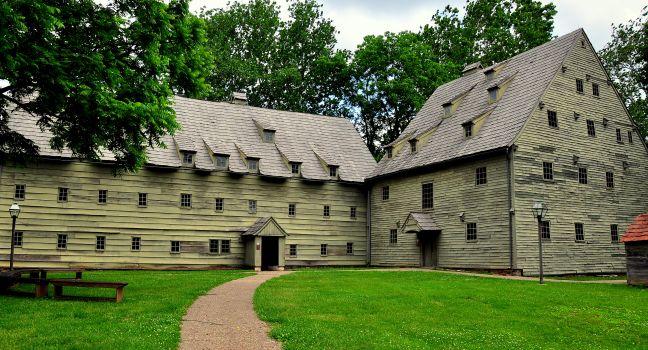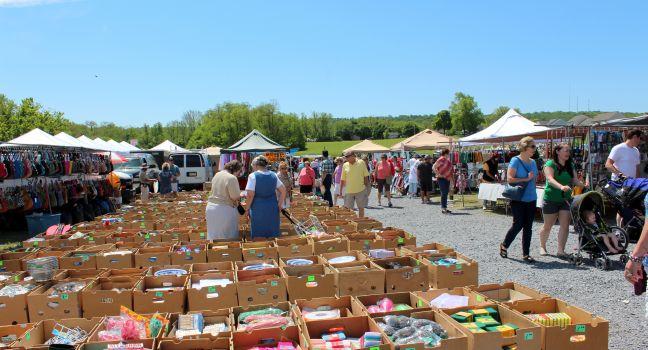In 2008 the Gettysburg National Military Park Museum and Visitor Center moved to a $103 million facility, which makes for an excellent starting point to understand the events leading up to the battle, its significance to the Civil War, and its impact on the town. The center includes a dozen interactive galleries, which feature a compelling mix of artifacts such as a wooden desk believed to have been used by General Robert E. Lee, paired with the latest in interactive video and audio displays. Each section takes its name from a phrase used in Lincoln's Gettysburg Address. It is also home to the 377-foot "Battle of Gettysburg" cyclorama painting from 1884, which has been completely restored including a 3-D foreground. The painting, a must-see in its colorful, life-like depiction of Pickett's Charge, along with a documentary film, "A New Birth of Freedom," are packaged together as a 45-minute ticketed experience. There is a restaurant and a bookstore on site. The Park Service also provides a free map with a 25-mile driving tour through the battlefield, walking-tour guides, and schedules of free ranger-conducted programs which range from walks and talks about the battle to the aftermath and the Civil War experience. Private, licensed guides may also be hired at the center. Value package information and online purchase specials are available on the Web site.






